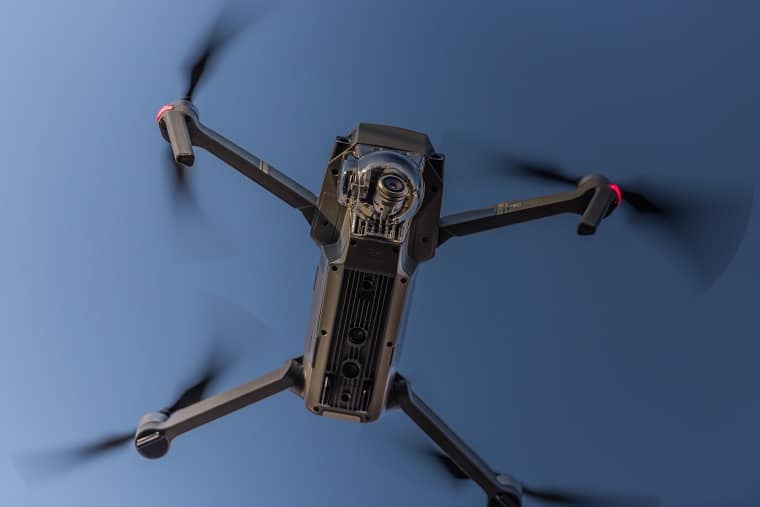What Is UTM, and Why Should You Care About It?
BY Zacc Dukowitz
13 April 2018UTM stands for Unmanned Traffic Management, and refers to systems created to manage drone traffic.
A good way to look at UTM is that it’s a system designed to keep drones and other types of aircraft from colliding.
Currently, there are a few products on the market that address UTM needs, but the truth is that we’re still in early stages when it comes to having a fully functional UTM, or UTMs, in place.
This means that when people use the phrase UTM they’re just as likely to be talking about the concept of managing drone traffic as they are to be referring to an actual product or existing system that will help you do it.
Why You Should You Care about UTM
If you’re a commercial drone pilot, the reason you should care about UTM is because it’s crucial to integrating drones into the national airspace, and has the potential to make flying beyond visual line of sight, or BVLOS, in commercial drone operations a reality.
Drone operations that would benefit from being allowed to conduct BVLOS flights include drone deliveries, search and rescue missions, precision agriculture, and railroad inspections.
As you probably know, BVLOS flying is currently prohibited by the FAA’s Part 107 rules pertaining to the use of small unmanned aerial systems. But if UTM were to become a reality, it could clear a path for regular operations that would use BVLOS, because drones could fly beyond the line of sight without the fear of them colliding with other manned or unmanned aircraft.
Here’s an example, to make this more concrete.
Imagine a delivery drone is flying a pre-programmed route, and its path happens to cross that of a helicopter medevaccing someone out of an area.
With a functioning Unmanned Traffic Management system in place, the drone and the helicopter could communicate automatically and avoid a collision.
Alternately, a drone delivery corridor could be pre-established, and the helicopter would know to avoid that corridor, again using information shared via UTM.
NASA’s UTM Work
NASA currently has a UTM research program in place, where they’re working to create the architecture of a UTM system that would oversee manned and unmanned aircraft operations in the U.S.
NASA’s development of UTM has been tracked by tiered Technical Capability Level (TCL) demonstrations, which have grown increasingly more complex as they move forward. And they’re making good progress. NASA has already completed demonstrations for levels 1 and 2, and last month they completed level 3.

Image Source
The reason these demonstrations matter is because they indicate real forward progress with NASA’s development of UTM—once they complete TCL 4 they’re supposed to be transitioning their UTM program to the FAA.
The original UTM timeline called for NASA to complete their transition to the FAA in 2019, but this has been sped up due to pressures from the drone industry, and NASA has already started working with the FAA.
But the drone industry isn’t just waiting for NASA to deliver. Private companies have been creating their own UTM-focused products, and implementing UTM concepts.
Most likely, when UTM arrives, there won’t be one national UTM system. Instead, we’ll probably have different products and systems in place throughout the country, sharing operations and data with each other in partnership with the systems already in place at U.S. airports.
And this will be a great thing for the drone industry because it will mean real solutions to challenges we currently face for rolling out BVLOS on scale. It will certainly be interesting to see what the next few years bring here in the drone industry.




